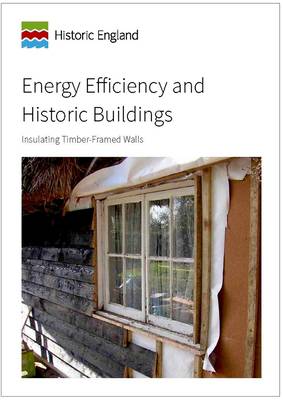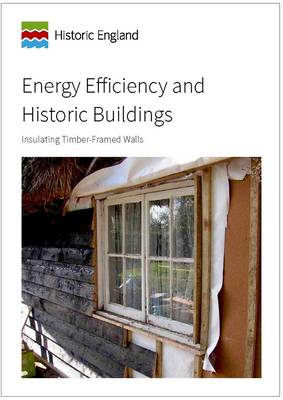
- Retrait gratuit dans votre magasin Club
- 7.000.000 titres dans notre catalogue
- Payer en toute sécurité
- Toujours un magasin près de chez vous
- Retrait gratuit dans votre magasin Club
- 7.000.0000 titres dans notre catalogue
- Payer en toute sécurité
- Toujours un magasin près de chez vous
Energy Efficiency and Historic Buildings
Insulating Timber-Framed Walls
88,45 €
+ 176 points
Description
This guidance note provides advice on the methods, materials and risks involved with insulating the walls of timber-framed buildings. Making improvements can improve comfort for occupants as well as lowering fuel bills and carbon emissions. However, such improvements can raise significant technical and conservation issues.
Timber-framed buildings are a striking feature in many of England's towns, villages and farmsteads. Examples can date back to the 12th century but most have 16th century origins. They continued to be built up to the 19th century in rural parts of the country. Many timber-framed buildings retain significant fabric and finishes, such as wall paintings and historic wattle and daub. Any repair or improvement should be devised to minimise the risk of harm to the historic fabric. Often the timber-frame might be concealed by historic claddings, such as render, slate or tile-hanging and weatherboarding. Alternatively, the timber-frame can be fully exposed with infill panels of render, wattle and daub or brickwork. Some timber-frames are completely concealed behind masonry. Internally the timber-frame can be concealed behind lath and plaster or exposed with plastered infill panels. The variations found within this building type add considerably to their charm and character. There are instances where wall insulation may be acceptable. However, this should only occur after a thoroughly detailed assessment has been made of the particular building, taking into account the often complex performance characteristics. Any solutions may need to adapt to take account of the significance, orientation, exposure and condition of an individual wall. This guidance note forms one of a series of thirteen guidance notes covering the thermal upgrading of building elements such as roofs walls and floors.Spécifications
Parties prenantes
- Editeur:
Contenu
- Nombre de pages :
- 24
- Langue:
- Anglais
- Collection :
Caractéristiques
- EAN:
- 9781848024441
- Date de parution :
- 30-11-15
- Format:
- Livre broché
- Format numérique:
- Trade paperback (VS)
- Dimensions :
- 210 mm x 297 mm

Les avis
Nous publions uniquement les avis qui respectent les conditions requises. Consultez nos conditions pour les avis.





